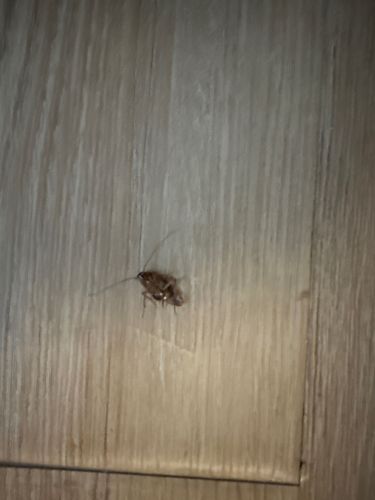German Cockroach
Scientific Name: Blattella germanica
Order & Family: Blattodea / Ectobiidae (formerly Blattellidae)
Size: 1.1 to 1.6 cm (0.43 to 0.63 inches) in length

Natural Habitat
Primarily found indoors, especially in kitchens and bathrooms, due to their need for warmth, moisture, and food. They hide in cracks, crevices, behind appliances, in cabinets, and under sinks. They can infest homes, apartments, restaurants, hotels, and other human dwellings.
Diet & Feeding
Omnivorous scavengers; they will eat almost anything, including food scraps, grease, starches, sweets, pet food, and even non-food items like glue, soap, and toothpaste. They are particularly attracted to decaying organic matter.
Behavior Patterns
Nocturnal; they are active at night, foraging for food and water. During the day, they hide in cracks and crevices. They are fast runners and can be difficult to catch. They reproduce rapidly, with females producing several egg cases (oothecae) throughout their lifespan.
Risks & Benefits
Potential risks include being a significant household pest. They can contaminate food and food preparation surfaces with their droppings, saliva, and shed skins, potentially transmitting pathogens like E. coli and Salmonella. They can also exacerbate allergies and asthma in sensitive individuals. There are no known benefits to humans or ecosystems. They can be very difficult to eradicate once an infestation is established.
Identified on: 9/2/2025